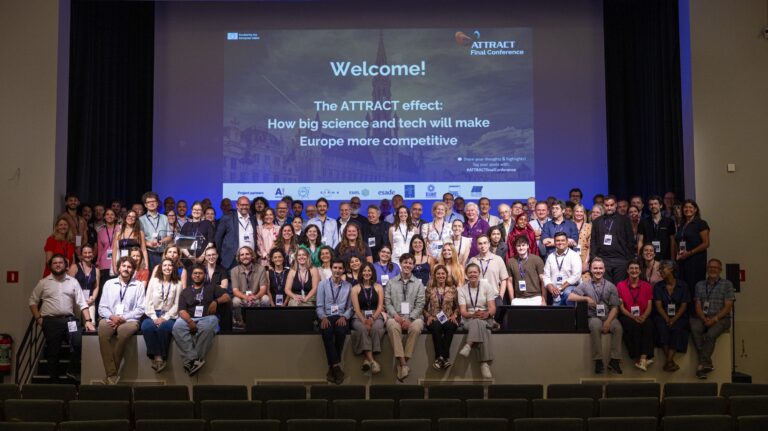
ATTRACT Final Conference takes place in Brussels
ATTRACT concluded its second phase bringing together for two days some of Europe’s brightest minds and leading innovators. Last 02 and 03 of July ATTRACT
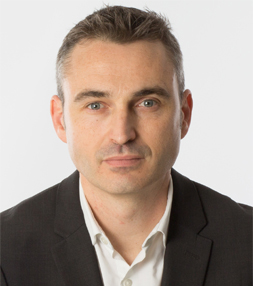
Samuel Ojosnegros, HYLIGHT coordinator at the Institute for Bioengineering of Catalonia (IBEC), talks about the project in this ATTRACT stories video.
Improving embryo selection, i.e., identifying the single embryo with the highest reproductive potential will reduce the time to pregnancy and will therefore ease the psychological distress in patients after multiple unsuccessful IVF treatments.
This diagnostic device combines hyperspectral analysis with artificial intelligence, that allows embryo classification based on their metabolic profiles, taking advantage of the natural auto-fluorescence of key cellular compounds, such as NADH or FADH. The advantage of this new approach is that embryos are classified in a safe non-invasive way, minimizing damage.
Carrer Baldiri Reixac, 10-12, 08028 Barcelona
Gran Via Carles III 71-75, 08028 Barcelona
M Squared Life Limited, 14 East Bay Lane, The Press Centre, Here East, Queen Elizabeth Park, Stratford, London, E15 2GW

ATTRACT concluded its second phase bringing together for two days some of Europe’s brightest minds and leading innovators. Last 02 and 03 of July ATTRACT
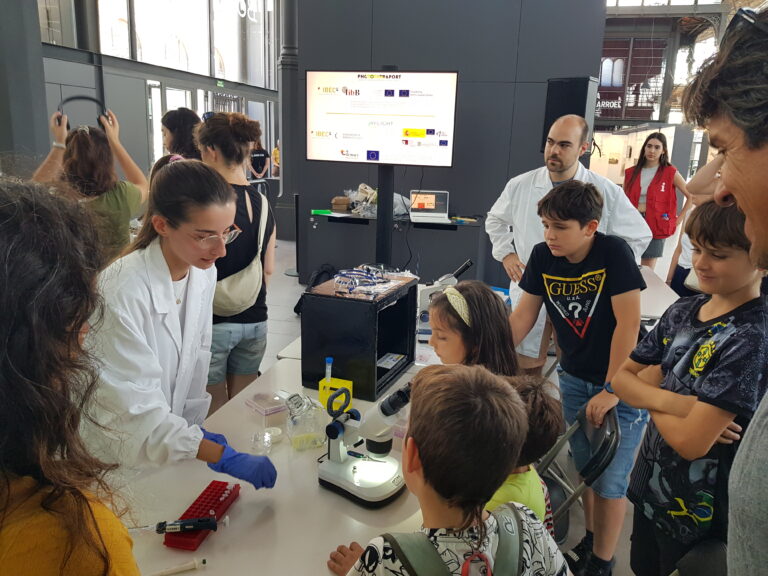
One more year HYLIGHT researchers from the Institute for Bioengineering of Catalonia (IBEC) bring human reproduction and embryology closer to society, in a hands-on activity
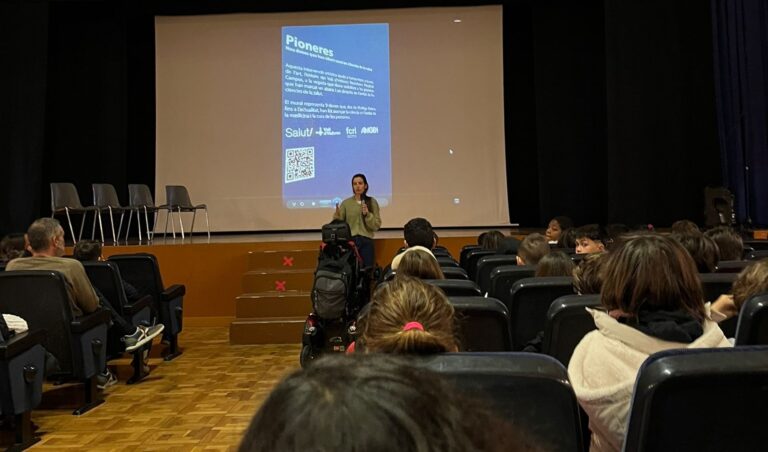
Julia was recently invited to give talks to students from different ages at the Salesians Horta School in Barcelona. She explained her trajectory as a
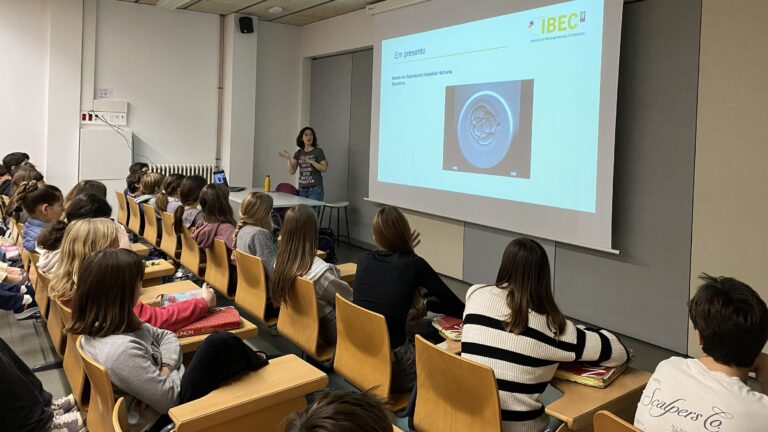
Last 14th of February, Anna Ferrer from the Institute of Bioengineering of Catalonia (IBEC), went to Súnion School in Barcelona to explain her trajectory as
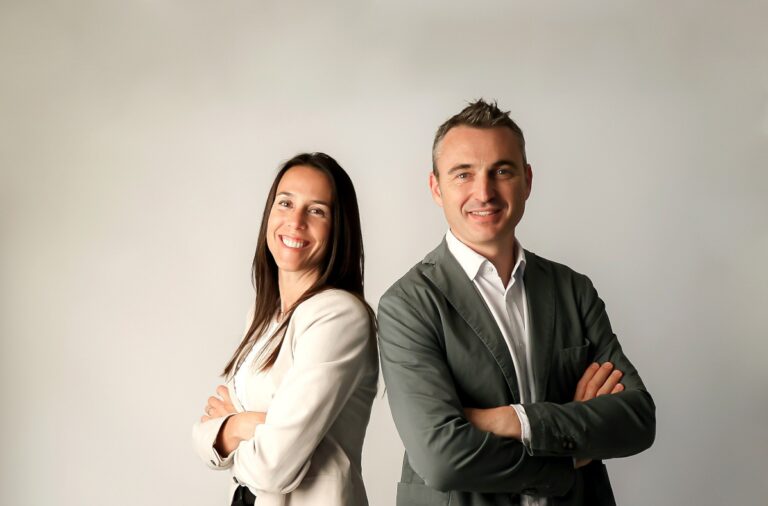
With the support of various organizations, the spin-off LUMIRIS has developed a non-invasive technology that analyses the metabolism of human embryos to select the most
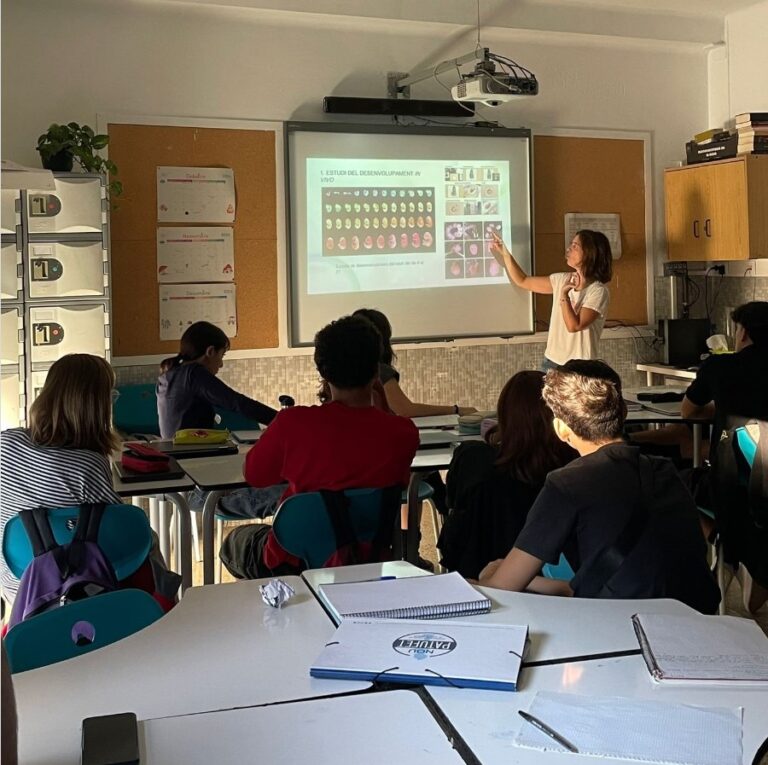
As every year, the European Researchers’ Night takes place in the last week of September and this time the HYLIGHT project was present. Anna Ferrer
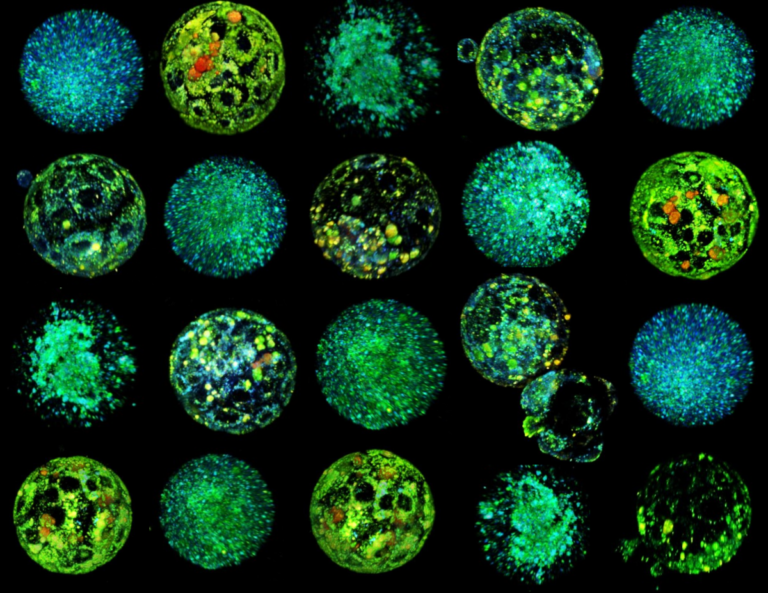
HYLIGHT researchers publish a paper describing METAPHOR: Metabolic Evaluation through Phasor-based Hyperspectral Imaging and Organelle Recognition. The new technique makes it possible to classify the
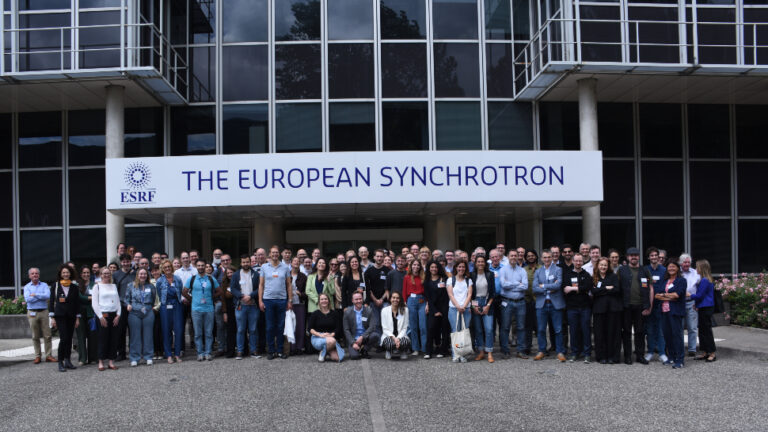
Last 12 and 13 of June, more than 100 researchers met together in Grenoble, France, for the ATTRACT prefinal meeting. HYLIGHT researchers were there and
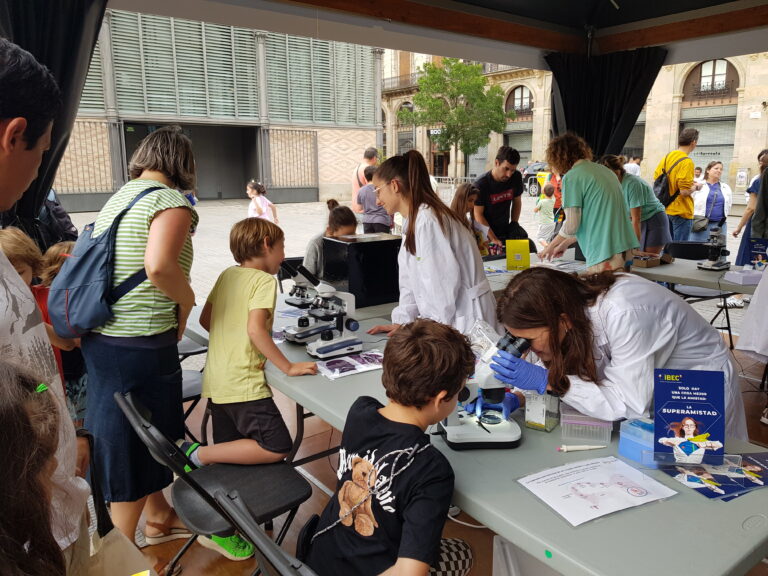
The 17th Science Party (“Festa de la Ciència” in Catalan) was held from June 7th to 9th in Barcelona. Researchers from the Institute for Bioengineering

Six students from BASE, one of the Student Programs funded under ATTRACT phase 2, spent one entire day at IBEC, visiting the premisses of the Bioengineering
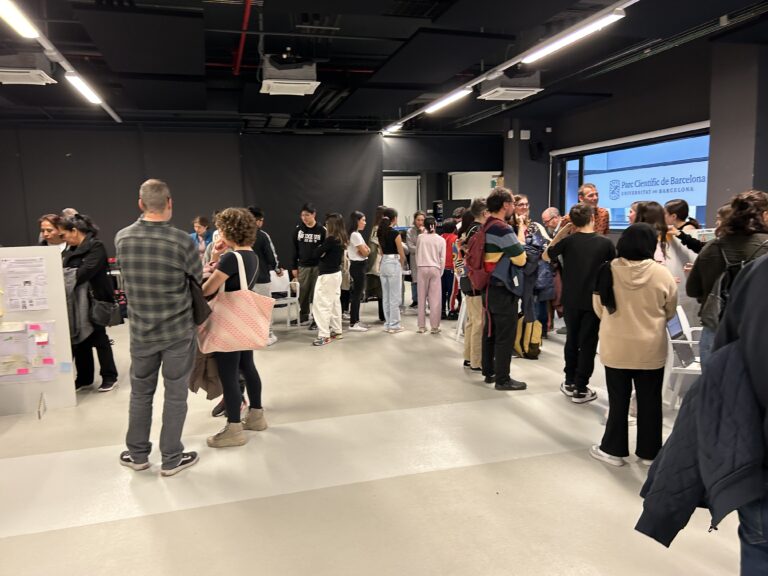
Students at the Secondary School Angeleta Ferrer in Barcelona had the occasion to know the HYLIGHT project and learn about in vitro fertilization, embryo selection
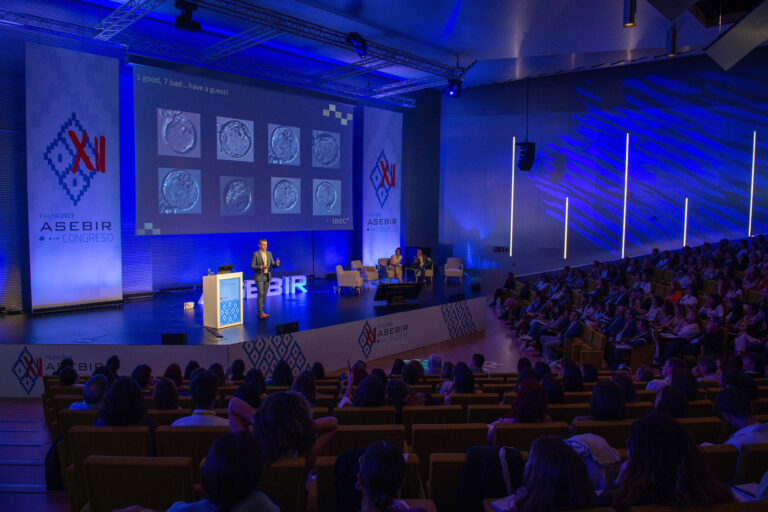
Samuel Ojosnegros had the honour to present the first scientific talk at the XII Congress of the Association for the Study of Biology of Reproduction